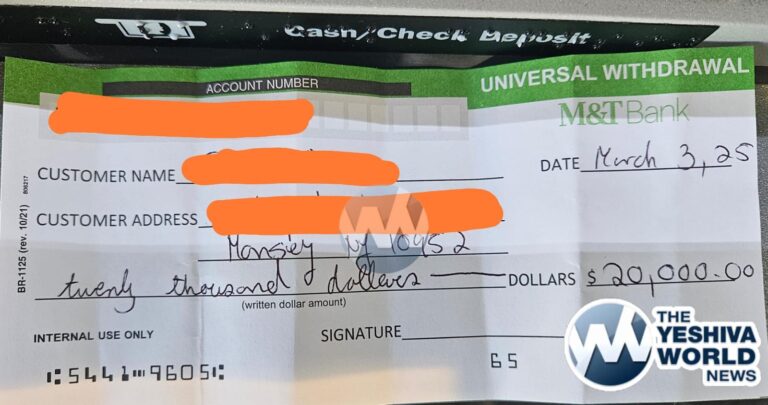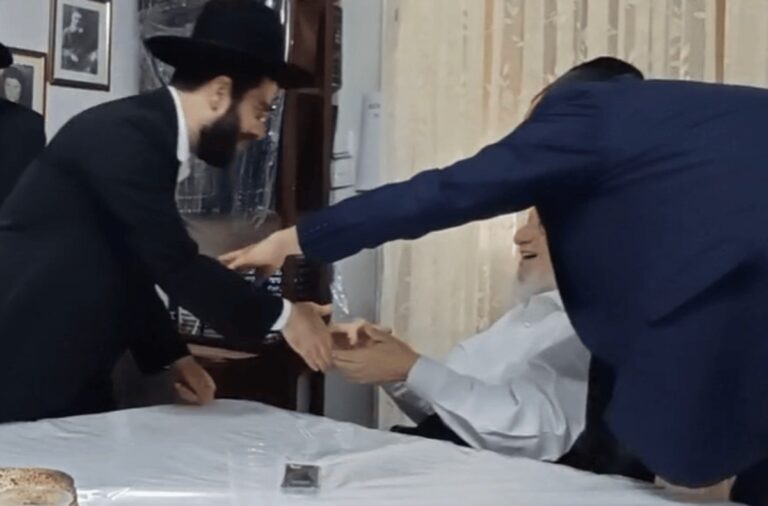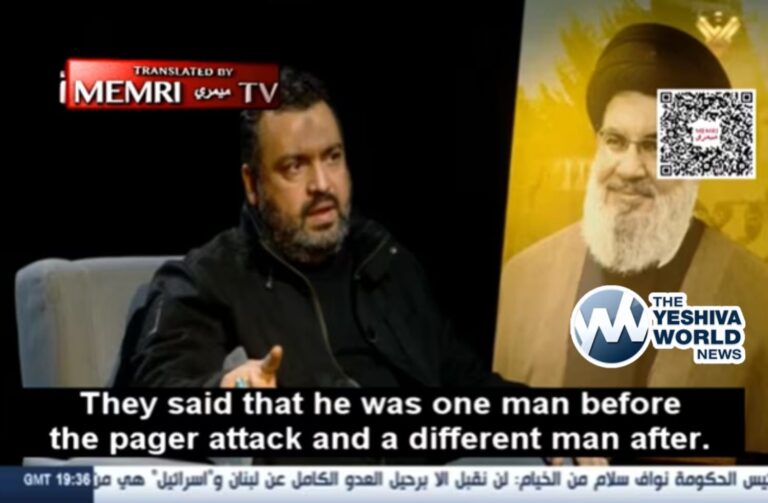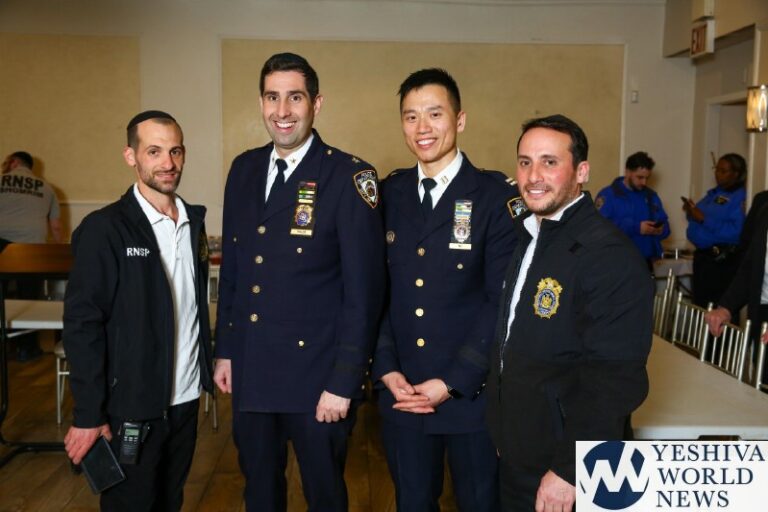 Two Muslim hardliners say the man seen wielding a bloody butcher’s knife after the killing of a British soldier is a Muslim convert who took part in demonstrations with the banned radical group al-Muhajiroun.
Two Muslim hardliners say the man seen wielding a bloody butcher’s knife after the killing of a British soldier is a Muslim convert who took part in demonstrations with the banned radical group al-Muhajiroun.
The identification came as British police Thursday evening announced the arrests of two more suspects in the case. Police said a man and a woman, both aged 29, were arrested on suspicion of conspiracy to murder.
Former al-Muhajiroun head Anjem Choudary identified the man in startling video footage that emerged after the killing as Michael Adebolajo, a Christian who converted to Islam around 2003 and took part in several of the group’s demonstrations in London.
Omar Bakri Muhammad — who now lives in Lebanon but had been a radical Muslim preacher in London — also said he recognized the man seen on television as Adebolajo and said he attended his London lectures in the early 2000s. Police have not named Adebolajo.
Bakri said he remembers Adebolajo as a “shy person” who was keen to learn about Islam and asked interesting questions.
“He used to listen more than he spoke,” Bakri said. “I was very surprised to learn that he is the suspect in the attack.”
A second person hospitalized following the attack has not yet been identified.
The two men suspected of butchering the British soldier had been part of previous investigations by security services, a British official said Thursday, as investigators searched several locations and tried to determine whether the men were part of a wider plot to instill terror on the streets of London.
The men, suspected of hacking the off-duty soldier while horrified bystanders watched, boasted of their exploits and warned of more violence in images recorded on witnesses’ mobile phones. Holding bloody knives and a meat cleaver, they waited for the arrival of police, who shot them in the legs, according to a passerby who tried to save the dying soldier.
Prime Minister David Cameron vowed that Britain would not be cowed by the horrific violence, and that it would reject “the poisonous narrative of extremism on which this violence feeds.” Indeed, there were few signs of alarm in the British capital, which has been hit by terrorist attacks during a long confrontation with the Irish Republican Army and more recently by al-Qaida-inspired attacks.
“It’s hateful, it’s horrific and upsetting. But it doesn’t seem to have made much of a difference,” Christian White, 43, said at King’s Cross station, close to the site of a subway bomb in July 2005. “Londoners are used to living in a city where life is complicated.”
Even so, security was increased at military barracks and installations in the capital, with extra armed guards added in many cases. Police said extra patrols were added at sensitive areas, including places of worship, transport hubs and congested areas.
Britain’s Ministry of Defense said the soldier killed was Lee Rigby, of 2nd Battalion The Royal Regiment of Fusiliers. Rigby, a 25-year-old with a 2-year-old son, Jack, joined the army in 2006 and was posted first to Cyprus and later served in Afghanistan and Germany. He took up a recruiting post with the military in London in 2011.
Wednesday’s attack took place near a military barracks in the Woolwich area of south London.
The scene was bizarre in a prosperous capital known for its decorum: A man hacked to death in mid-afternoon, lying on the ground dead as the two alleged assailants talked with shocked bystanders and tried to score propaganda points on video cameras while apparently waiting for a bloody confrontation with police.
There was little hard information available about the wounded suspects. Police gave no details of their injuries or conditions.
Both suspects in the London attacks had been part of previous terror investigations by Britain’s security services, according to a British official who spoke on condition of anonymity because he was not authorized to speak about the police inquiry and cautioned that details could jeopardize future trials.
It was unclear how recent the investigations were or whether the men were loosely tied to other suspects being investigated or whether they themselves had been put under surveillance, which could have included being watched by undercover investigators or having their phone calls and emails intercepted.
Dramatic video footage showed a black male — animated, hands stained with blood and holding a meat cleaver — criticizing the British government and the presence of U.K. troops in foreign lands.
Maajid Nawaz, a former Islamist now with the London-based Quilliam anti-extremism think tank in London, said the footage and details emerging indicated that the men had been inspired by al-Qaida even though they may not have been directed by any specific affiliate to attack the soldier.
“There is always mood music playing before these attacks happen,” Nawaz told The Associated Press. “In this instance, I’m not saying they are operationally linked to al-Qaida, but these men clearly felt an affinity to this global jihadist zeitgeist. And they wouldn’t have had to have visited any foreign countries for this ideology to have resonated with them.”
Security officials have been worried over the recent increase of men seeking training and fighting opportunities in countries such as Syria, Somalia and Yemen.
Dozens of British men and women are said to have been radicalized by U.S.-born militant cleric Anwar al-Awlaki, the militant leader who was killed in a 2011 U.S. drone strike in Yemen.
A Twitter account used by members of Somalia’s al-Qaida linked terrorist group al-Shabab made a lengthy post Thursday about the attack in Woolwich.
The Twitter account referenced a video of the bloodied suspect calling the attack “an eye for an eye” for what it called the British army’s “woeful record of abuses” against Muslims worldwide.
“We swear by almighty Allah we will never stop fighting you,” the man in the video declared, complaining about British troops fighting Muslims. “We must fight them as they fight us.”
The camera then panned away to show a body lying on the ground. This video, with its venomous threats, may provide the lasting image of the tragedy.
Police in the county of Lincolnshire in eastern England said a property was being searched in connection to the attack in Woolwich. Police said a search warrant had been obtained but would not provide details about the search. Police were also scouring the attack site for further clues.
There was also a police raid on a public housing complex in east Greenwich just outside of London thought to be related to the attack investigation.
Britain’s security threat remained the same since Wednesday’s attack, but security officials said they were reviewing preparations for next month’s Group of Eight summit in Northern Ireland. President Barack Obama and other world leaders are expected to attend the meeting on June 17-18.
The incident unfolded Wednesday afternoon when officers responded to reports of an assault just a few blocks from the Royal Artillery Barracks in Woolwich.
Witnesses recounted seeing the suspects — armed with meat cleavers and possibly a firearm — rushing toward police when officers arrived on the scene. Police then opened fire.
Britain has been at the heart of several terror attacks or plots in recent years, the most deadly being the 2005 rush-hour suicide bombings when 52 commuters were killed. More recently, Parviz Khan was convicted in 2008 of plotting to kidnap and behead a British Muslim soldier in Birmingham.
Police defended the speed of the department’s response to the attack. Assistant Commissioner Simon Byrne said police were on the scene nine minutes after receiving the first emergency call. Once it became clear that firearms were involved, firearms officers were called and arrived 14 minutes after the first call to police, he said.
(AP)











One Response
14 minutes is considered quick? OMG glad I don’t live there!!